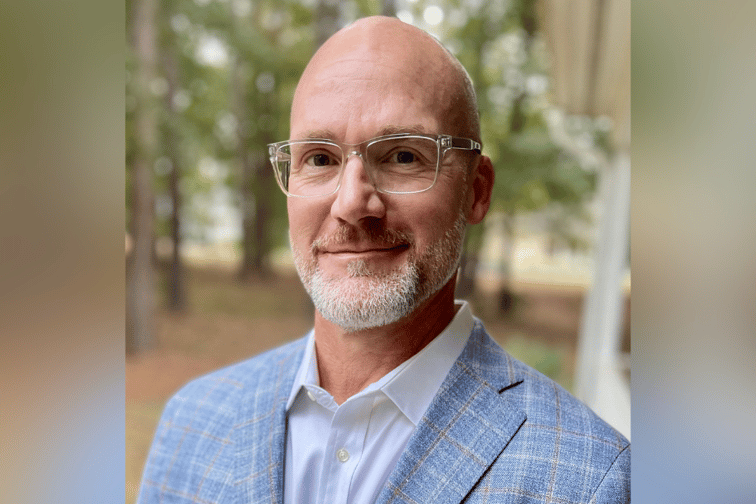

Retail brokers should expect continued growth of programs and capacity from RPS under its program division’s new president, including online options.
Russel Duffey, RPS Signature Programs president as of October, spoke to Insurance Business at Target Markets’ October summit when he was around two weeks into the role.
A 22-year RPS veteran, prior to taking up his latest role Duffey was RPS VP market relations. Retail brokers, then, should not expect a radical shift in strategy under the division’s new boss, with former incumbent Chris Leisz having headed to Nationwide earlier this year.
Read more: RPS Signature Programs gets new president
Organic growth, mergers & acquisitions (M&A), operational efficiency, and culture are set to stay high on the agenda for RPS Signature Programs.
“If you take any strategy that we will put together to grow our business, it will fit into one of those four,” Duffey said. “If you stick to your knitting on that, it generally works out.”
Over the past 18 months, the business, part of broking giant Gallagher, has developed four new and two adjacent programs – a “pretty good” number in Duffey’s view – and these run the gamut of lawyers professional liability, insurance agents and brokers errors and omissions (E&O), real estate agents E&O, and appraisers E&O, with new carriers added for lawyers professional liability and social services.
“We've been investing in this area [of program development], working with our sister companies or with retail clients that have expertise that want to partner with us,” Duffey said.
E-commerce has proved a hit for the business with $400 million of premium placed through it since launch, and two of RPS Signature Programs’ latest products have been made available online.
“I'm agnostic to distribution,” Duffey said. “We can just look at product and go: ‘Alright, that's a friction filled transaction, so let's see if we can put it on E-commerce and take the friction out of it’, or there is just a space where you go: ‘It's a smaller premium player so we have to be able to turn it in this frictionless manner’, so we like that.
“But we also know part of programs is bringing underwriting expertise to carriers who don't have it and clients who don't have it, so that's a much more traditional delegated authority – I couldn’t care less, honestly, either one is fine.”
RPS’ program business has $1 billion in premium that it can look at when thinking about product development for classes or niches, and can draw on information from its sister businesses, but ultimately the decision making must factor in what the customer requires and it, in part, relies on its client relation team to “pump data” back to help it find gaps in the market.
“You have to be able to understand what your client need is at the moment,” Duffey said.
With inflation, reinsurance availability, nuclear verdicts and catastrophe risk piling pressure on the wider market, there is no shortage of challenges facing insurance businesses today.
“[For] all of those factors, as far as they are a problem for carriers and program industry administrators, it’s about making sure that you're adequately getting the right rate,” Duffey said.
“The other thing is probably around the terms and conditions that you're offering – am I offering something that will protect me in a claim situation, am I limiting and tailoring coverage […] or am I offering something so broad that it won't really matter what the claim is – I'm paying for it.
“What you're seeing is obviously rates going up, terms and conditions are definitely tightening; that's the only way some risk-taking entities will extend their capacity.”
Another challenge for any acquisitive business is competition, which remains tight in the specialty insurance M&A space.
Duffey, however, was confident that RPS will continue to hold its appeal for would-be sellers.
“I get to lean on my company that has M&A in their DNA,” Duffey said.
Buyers have piled into the market while multiples have been “extremely competitive”.
“Ten years ago, there could have been five or six people you were working with; now there could be literally 12 qualified brokers or buyers,” Duffey said.
Not every potential acquisition target is equal and those that already proved they can attract capacity in the wake of a carrier drop out may find themselves more desirable to an established buyer like RPS.
“Some of these new program managers are fairly new; one of the things I like to say is that they haven't even been through their first carrier change, meaning the carrier decides to get out [and they have to replace them],”
“To give multiples of 14, 15, 16, 17, 18 times and maybe not have the track record –we're going to be conservative on some of those.”
